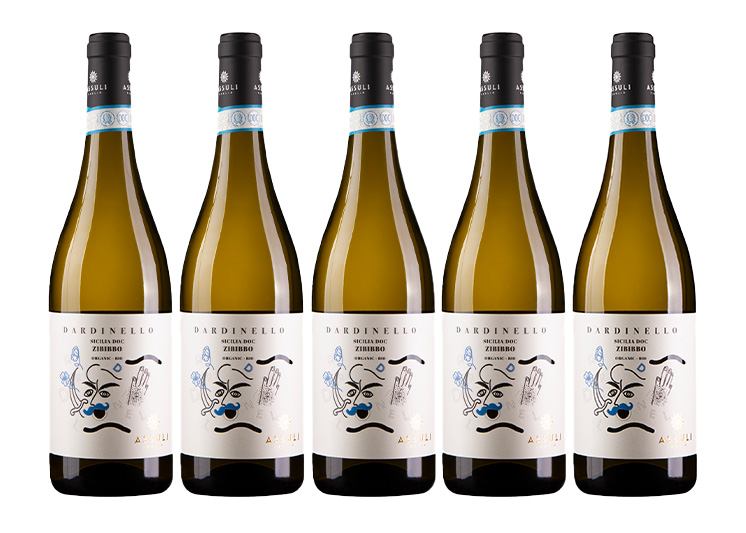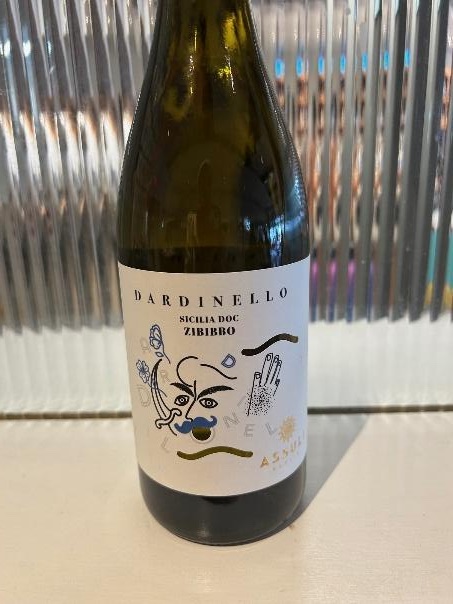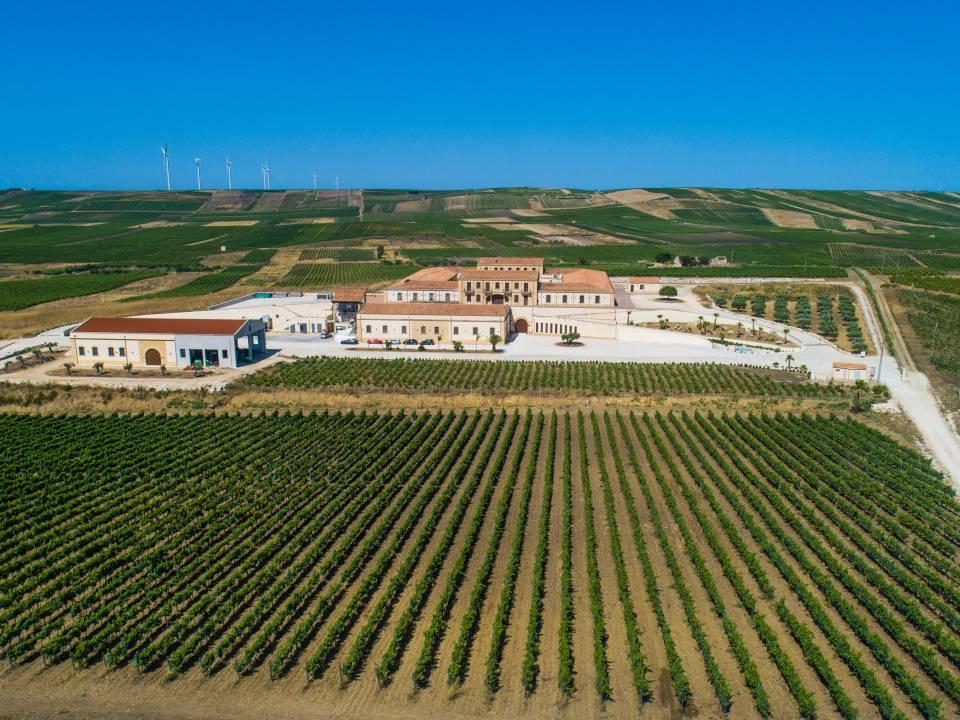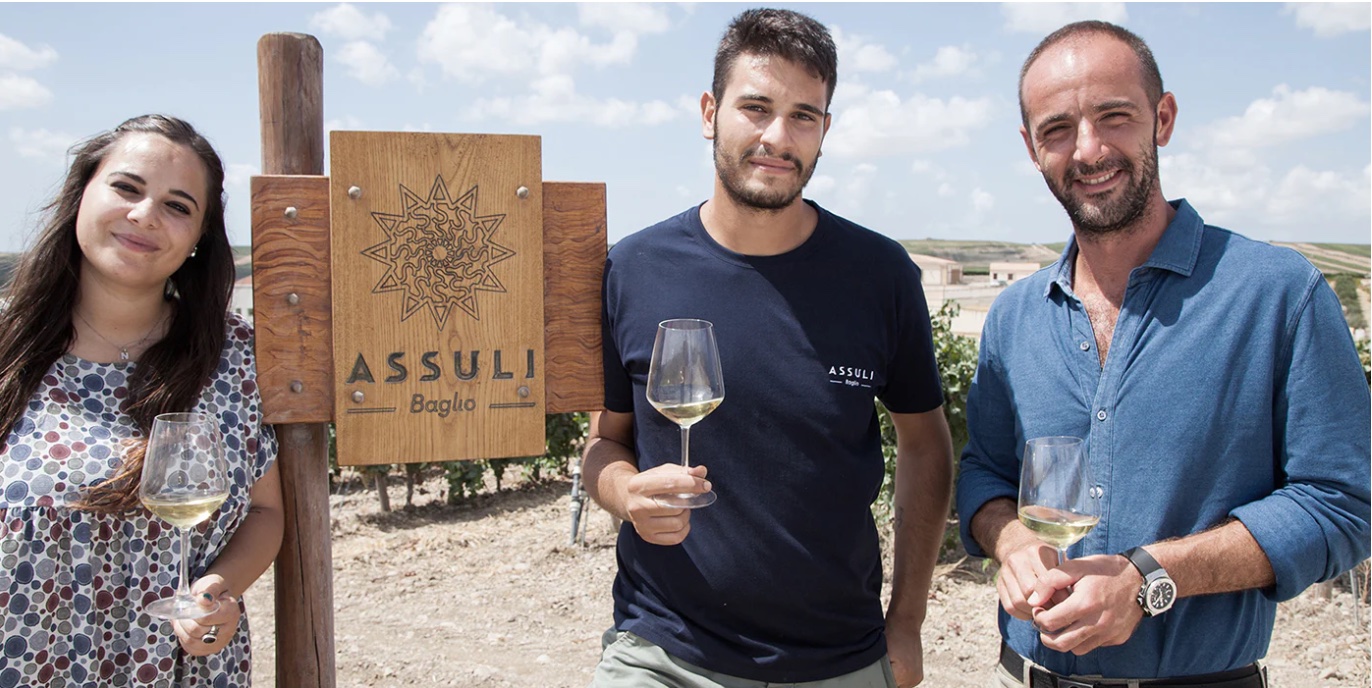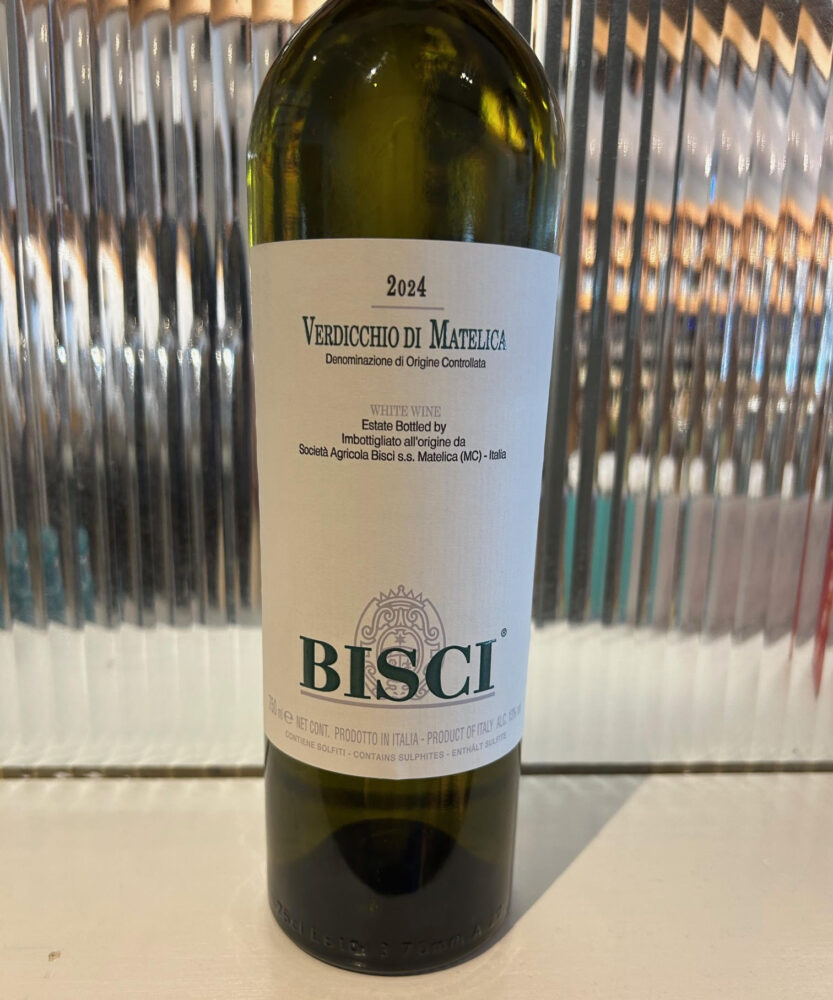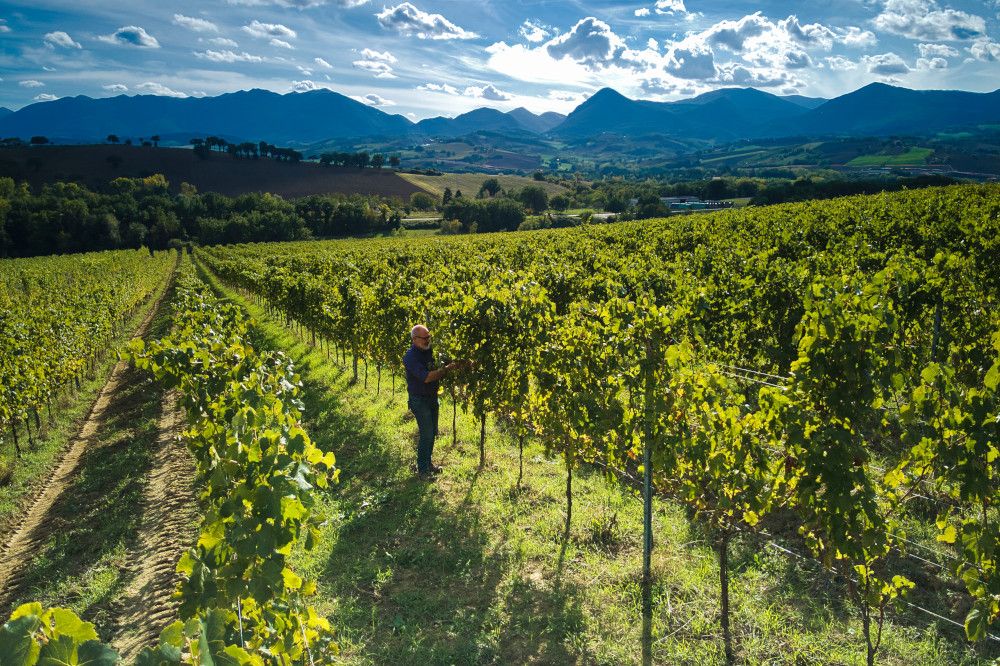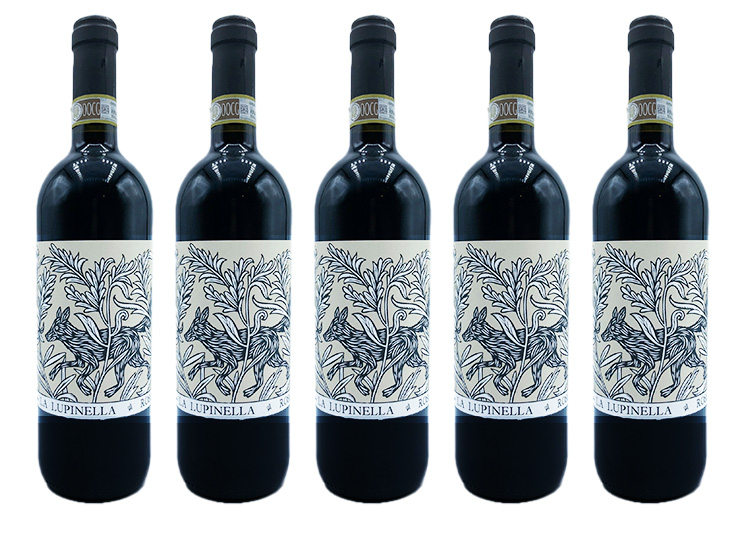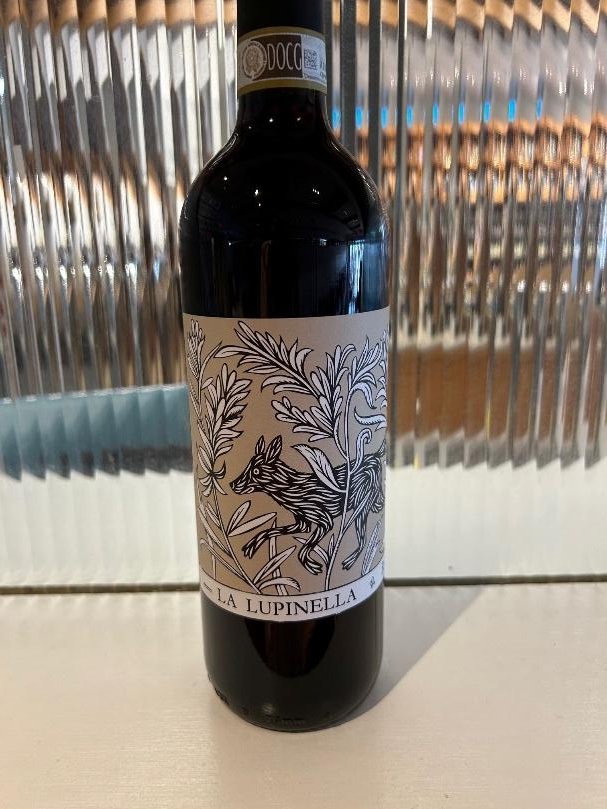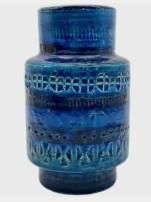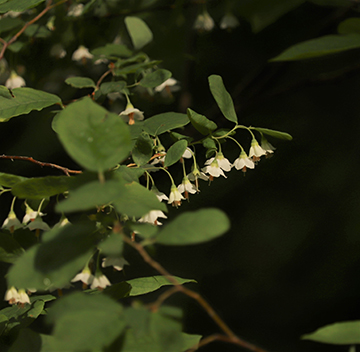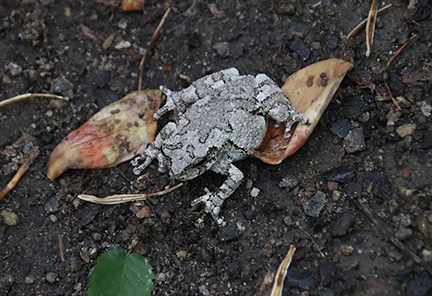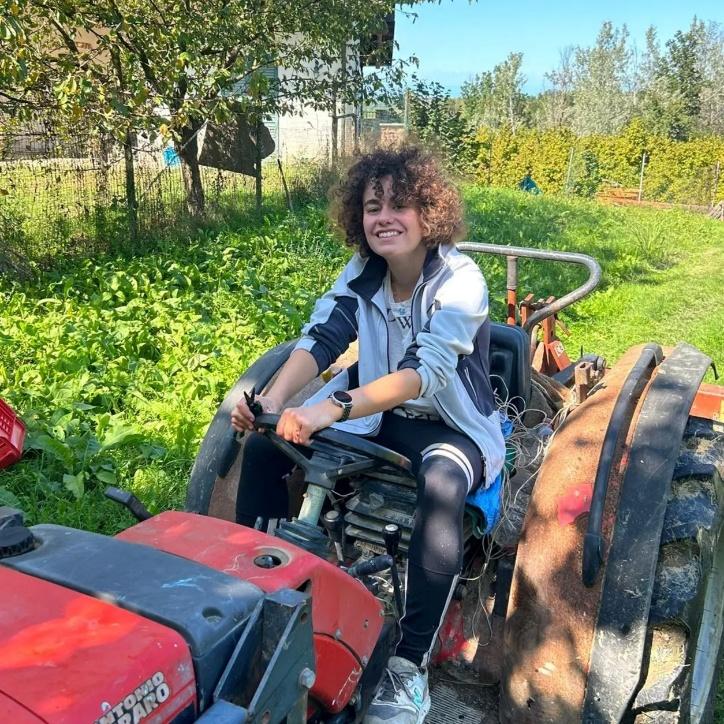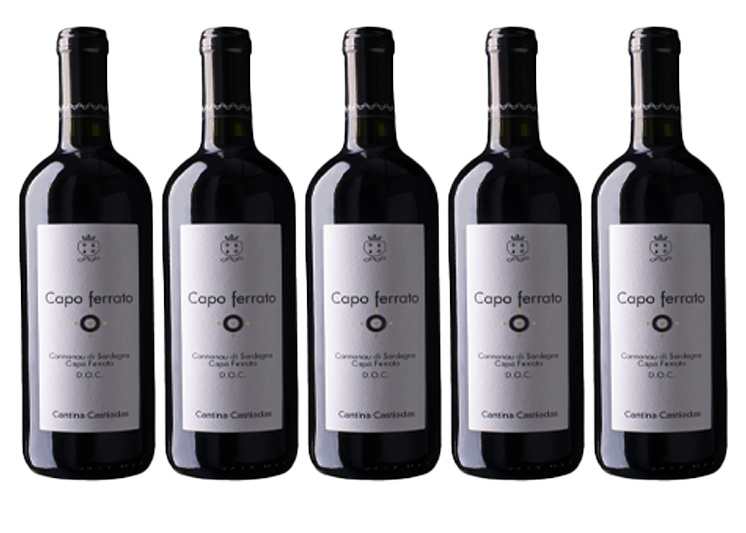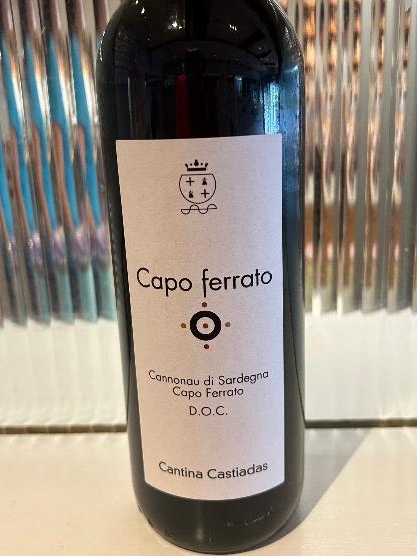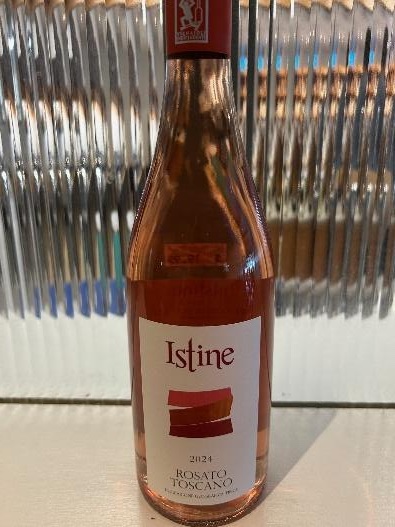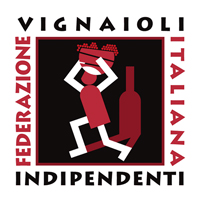Ciao Tutti!
This weekend at Piazza Italian Market, we will bring back a favorite red wine from our Valle d’Aosta wine dinner several years ago, the Rouge de Vallee ($20.50, 13% ABV) from the La Kiuva winery in Pied de Ville, a small hamlet within the town of Arnad. The French names are indicative of this small region’s first settlers, Celts and Ligures, who were later overwhelmed by the Roman Emperor Augustus. The Emperor gave the region its name (Valle d’Aosta = Valley of Augustus). After enduring three other invaders, Valle d’Aosta joined the Risorgimento and became part of Italy. Today, more than 50% of Aostians speak Italian, Aostian French and Valdotain, an ancient Provencal dialect, hence the French names of the region’s indigenous grapes.

The Valle d’Aosta shares its border with France to the west, Switzerland to the north, and Piemonte to the south and east. Valle d’Aosta is a very mountainous regions that contains four of Europe’s top peaks, Mont Blanc, Monte Rosa, Gran Paradiso and the Matterhorn. Valle d’Aosta has a central valley that spans over 50 miles and other individual valleys that branch off the main valley. The mountains surround the plains where La Kiuva is located.

Given the scarcity of land, La Kiuva (lah-kee-OO-vah) is a cooperative of over 50 grower members who tend about 15 hectares of vineyards. They named the winery “Kiuva” which means in the local dialect “sheaf of leaves”. The sheaves are gathered in the fall for feeding livestock throughout the winter. “Kiuva” also playfully refers to the Italian phrase “chi uva” or literally “who grape”. The vineyards cling to the steep slopes of granite and quartz, stabilized by ancient stone terraces. Every day, the coop members climb up the steep slopes of some of the highest vineyards in the world, harvest the grapes by hand and laden with bins heavy with fruit, they make their way down the slopes to the winery. It is backbreaking work.
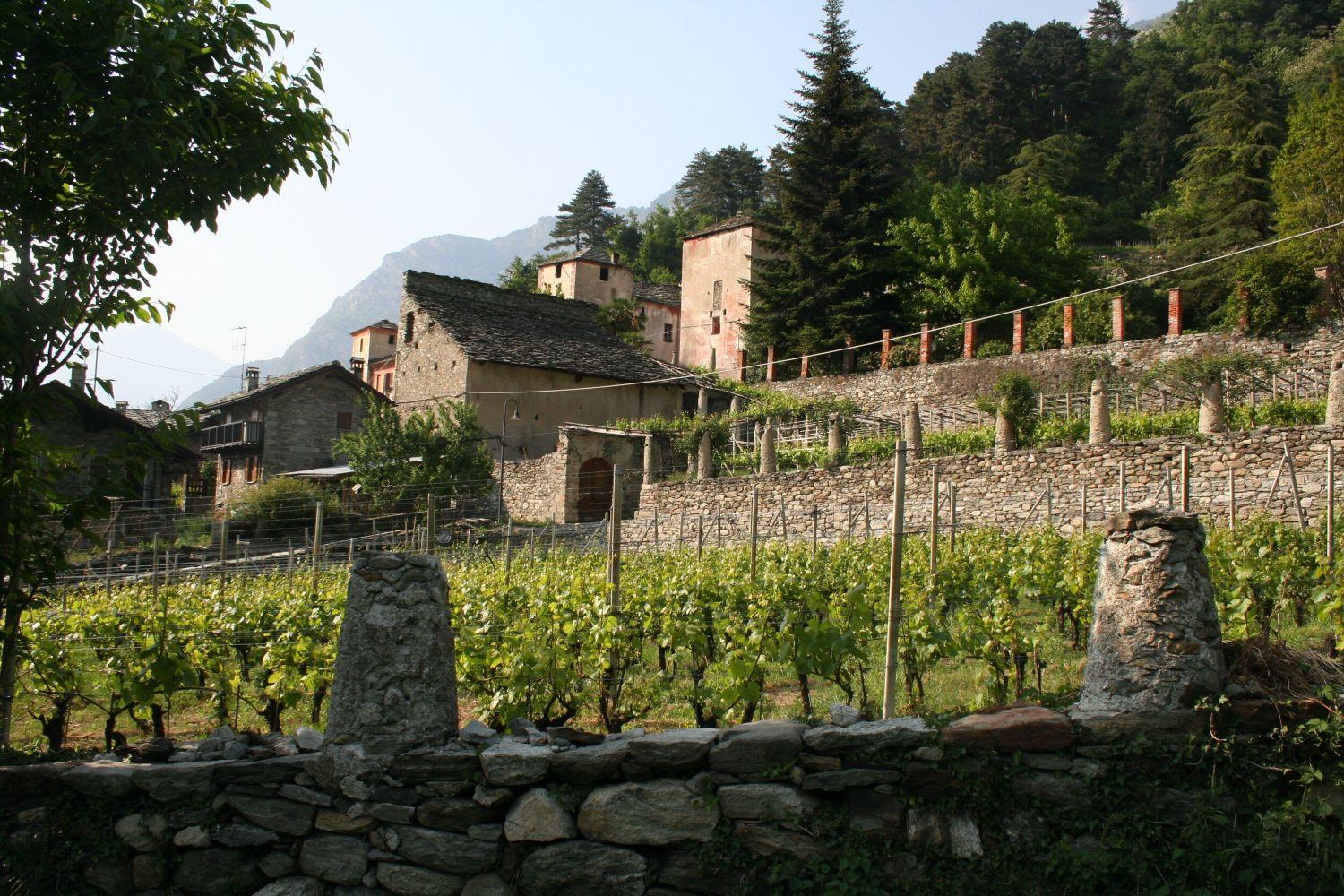
The combination of the highest altitude, fresh alpine air currents and streams, subsoils, and the steep terraced pergola vineyards delivers fresh and highly complex wines such as Rouge de Vallee. This red wine contains the region’s indigenous grapes of 70% Picotendro (local Nebbiolo clone), 30% Gros Vien, Neyret, Cornalin and Fumin.
I looked back at my notes from our Wine Dinner where I had jotted down ruby red color, moderate intensity, bouquet of red fruit and delicate notes of spices, smooth taste and tannin. Pair with Piazza’s cured meats and aged cheeses, grilled meats, pasta with tomato based sauces but its best match is Piazza’s mushroom soup! Emily tasted this wine again recently and wanted to bring it back into Piazza’s collection.
To get your mind off the extreme heat, re-watch Stanley Tucci’s segment on Valle d’Aosta (I remember his getting off the funicular and being surrounded by breathtaking snow-capped mountains) then come join me Friday from noon to 5:45 or Saturday from noon to 4:45 for a taste of this refreshing red wine!
Cin Cin!
Jenn
Piazza Italian Market is located in the Talbot Town Shopping Center qt 218 N. Washington St., suite 23, in Easton, MD
Contributor Jennifer Martella has pursued dual careers in architecture and real estate since she moved to the Eastern Shore in 2004. She has reestablished her architectural practice for residential and commercial projects and is a real estate agent for Meredith Fine Properties. She especially enjoys using her architectural expertise to help buyers envision how they could modify a potential property. Her Italian heritage led her to Piazza Italian Market, where she hosts wine tastings every Friday and Saturday afternoons.


